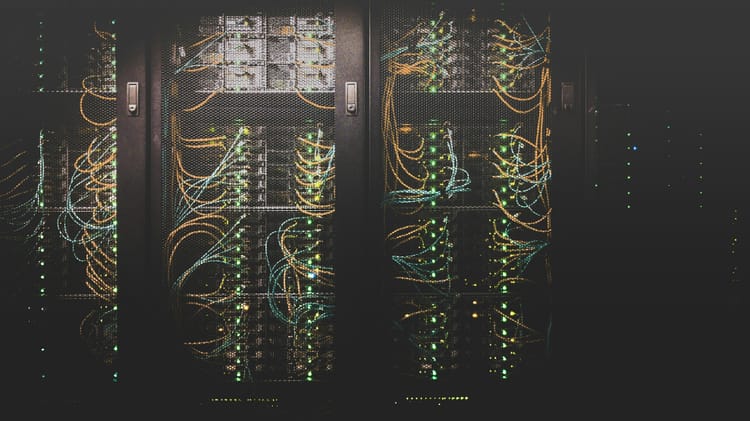Google blames 48% increase in emissions on AI

Google’s greenhouse gas emissions were 48% higher in 2023 than in 2019, according to the company’s sustainability report published Tuesday.
The tech giant’s emissions grew 13% in 2023 over the year prior, according to its 2024 Environmental Report.
Google attributed its increase in energy demand and usage to its data centres, exacerbated by the explosive growth of artificial intelligence in recent years. Data centres are massive collections of computer servers, and AI requires many of them.
AI services and programs require considerably more power than standard online activity, sparking concern that the tech industry’s environmental impact is increasingly worsening. A generative AI system, such as ChatGPT, might use around 33 times more energy than computers running task-specific software, according to a recent study.
Global data centre and AI power demand could double by 2026, according to the International Energy Agency.
Google Chief Sustainability Officer Kate Brandt told The Associated Press that achieving net zero emissions by 2030 “is an extremely ambitious goal.”
“We know this is not going to be easy and that our approach will need to continue to evolve,” Brandt added, “and it will require us to navigate a lot of uncertainty, including this uncertainty around the future of AI’s environmental impacts.”
Google’s report also reveals large global disparities in the impacts of its data centres. Most of the centres in the Americas and Europe get most of their energy from carbon-free sources. Comparatively, data centres in the Middle East, Asia, and Australia use far less carbon-free energy.
These large data centres are often built where electricity is cheapest, not where renewables are key energy sources. Some experts say the rapidly expanding use of data centres to power AI threatens the entire energy transition. That is partly because a new data centre can delay the closure of a power plant that burns fossil fuels or, in some cases, prompt a new one to be built.
“The race for AI dominance is heating up, but at what cost? The increase in emissions reported by these tech giants are largely down to legacy data centres unable to cope with the power demands of AI,” said Elio van Puyvelde, chief information officer at Nscale, an AI cloud provider. “And while big tech invests heavily in renewables, the sheer scale of the AI boom threatens to overwhelm those efforts.”
Aside from the energy demands, data centres require large amounts of water to keep cool. The increasing energy and water usage of AI has prompted a series of warnings.
Google says about two-thirds of its energy is derived from carbon-free sources. And the company says its data centres are, on average, 1.8 times as energy efficient as others in the industry.
Is there room for efficiency?
“The reality is AI workloads are so often poorly optimised, wasting energy use and delivering poor returns. Accelerating AI hardware and software optimisation is one of the best routes to managing AI energy consumption levels,” said van Puyvelde.
Dark data – data that has been collected by organisations but which has either been used once or not at all – wastes a lot of energy. Storing it on chips takes up large amounts of power even when it is not being used. Some 65% of data being held by organisations is dark data, according to the Digital Decarbonisation Group.
Microsoft co-founder Bill Gates, however, recently downplayed the environmental effects of AI. Last week in London, he predicted AI would increase electricity demand from 2% to 6%. However, this is not reflected by the company’s sustainability data: Microsoft’s emissions grew 29% above its 2020 baseline, according to its sustainability report published in May.







Member discussion